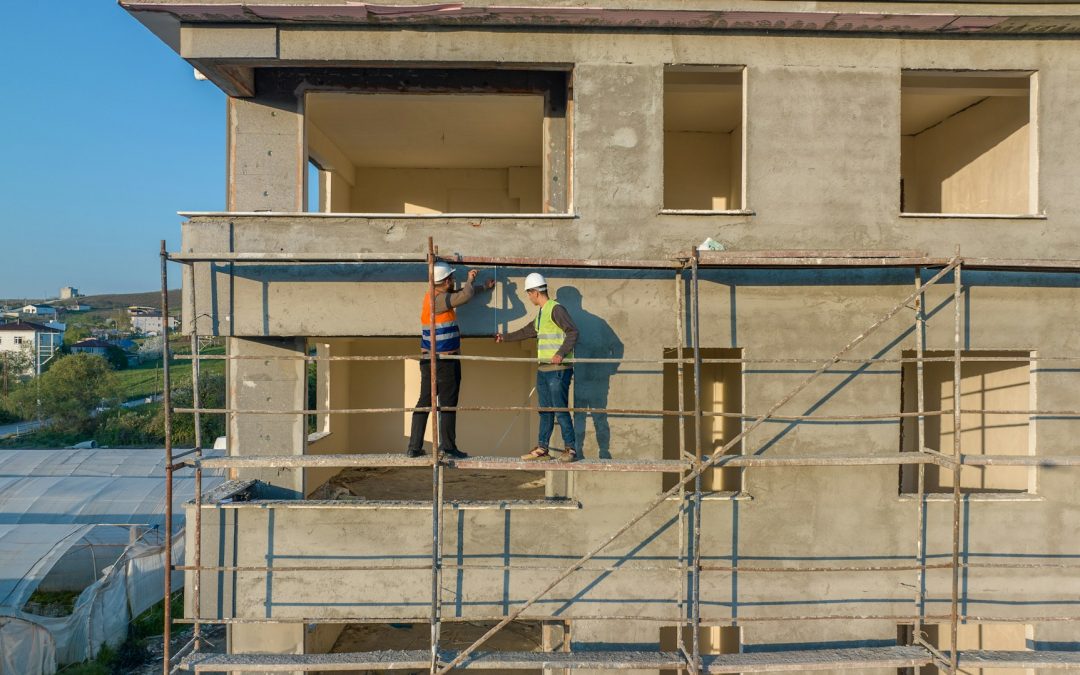Sustainable building is becoming more important as you look for ways to protect the planet. It’s not just about using eco-friendly materials; it’s about making choices that have a positive impact on the environment. By adopting sustainable practices, you can help reduce pollution, save resources, and create healthier living spaces.
Benefits of Sustainable Building for the Environment
Sustainable building significantly reduces your environmental footprint. One major benefit is the reduction in greenhouse gas emissions. Traditional buildings can contribute to pollution because they rely heavily on fossil fuels for heating, cooling, and electricity. Sustainable buildings, on the other hand, use renewable energy sources like solar or wind power, which produce zero emissions.
Another important benefit is the conservation of natural resources. Sustainable building practices focus on using materials that are renewable or recycled. This reduces the need to extract new raw materials from the earth, preserving forests, minerals, and water sources. It also helps cut down on waste, as many materials can be reused or repurposed.
Sustainable buildings also help protect local ecosystems. By minimising land disruption and incorporating green spaces into their designs, these buildings create habitats for local wildlife. Green roofs and walls, for example, provide a haven for birds and insects while also improving air quality and reducing urban heat islands.
Cost Savings and Long-Term Benefits
Sustainable buildings offer significant cost savings over time. One way they save money is through reduced energy bills. Energy-efficient designs and technologies, such as LED lighting, insulated windows, and energy-saving appliances, use less electricity, gas, and water. This leads to lower monthly utility bills and substantial savings over the life of the building.
Another way sustainable buildings save money is through reduced maintenance costs. High-quality, durable materials used in sustainable buildings require fewer repairs and replacements. For example, using long-lasting materials like stone, metal, or recycled timber reduces the need for frequent upkeep, saving both time and money.
Sustainable buildings also tend to have higher property values. Buyers and renters are increasingly looking for eco-friendly homes and offices. Features like solar panels, rainwater harvesting systems, and natural lighting make properties more attractive and can lead to higher resale values.
The long-term benefits extend beyond financial savings. Sustainable buildings create healthier living environments with better air quality and natural lighting. This can result in reduced healthcare costs and improved well-being for occupants.
Sustainable Building Materials and Techniques
Using sustainable building materials and techniques helps reduce the environmental impact of construction projects. One popular choice is using recycled or reclaimed materials. These materials come from old buildings or other sources and are repurposed for new projects. This reduces the need for new raw materials and cuts down on waste.
Another technique is the use of energy-efficient technologies. Installing solar panels, for instance, allows buildings to generate their own clean energy. Energy-efficient windows and insulation help maintain indoor temperatures, reducing the need for heating and cooling. This not only saves energy but also makes buildings more comfortable to live and work in.
Water conservation is another key aspect of sustainable building. Techniques like rainwater harvesting and greywater recycling help reduce the demand for local water supplies. Low-flow faucets and toilets also help save water, making your building more eco-friendly.
Green building techniques can also include using plants to improve air quality and reduce the heat island effect. Green roofs and walls covered in vegetation provide insulation and reduce energy use. They also create habitats for wildlife and improve the overall quality of urban environments.
Government Incentives and Regulations
Governments play a crucial role in promoting sustainable building practices through various incentives and regulations. Understanding these can help make your project more affordable and compliant with local laws.
One major incentive is financial rebates and grants for sustainable building projects. These can cover the cost of installing solar panels, energy-efficient windows, and other green technologies.
Building codes and regulations are also evolving to support sustainability. Many councils now require new buildings to meet certain environmental standards. These might include energy efficiency ratings, water conservation measures, and the use of sustainable materials. Complying with these regulations not only makes your building eco-friendly but also ensures it meets legal requirements.
There are also tax incentives available for sustainable building projects. These can include deductions for renewable energy installations and other eco-friendly upgrades. It’s worth consulting with a tax advisor to understand how these incentives can benefit your project.
Conclusion
Sustainable building matters for many reasons, from protecting the environment to saving money on energy bills. By choosing eco-friendly materials and techniques, you can reduce the impact your buildings have on the planet. Sustainable practices like using solar panels, energy-efficient windows, and green roofs contribute to creating healthier and more comfortable living spaces.
At Euroka Projects, we believe in the power of sustainable building to make a positive impact on both the environment and our communities. Our team is dedicated to helping you navigate the complexities of sustainable construction, ensuring your project meets all regulations while still delivering exceptional results.
Ready to make your building design and construction project more sustainable? Contact us today to learn how we can help you build a greener future. Together, we can create spaces that are better for everyone.

